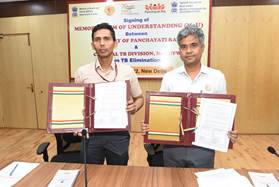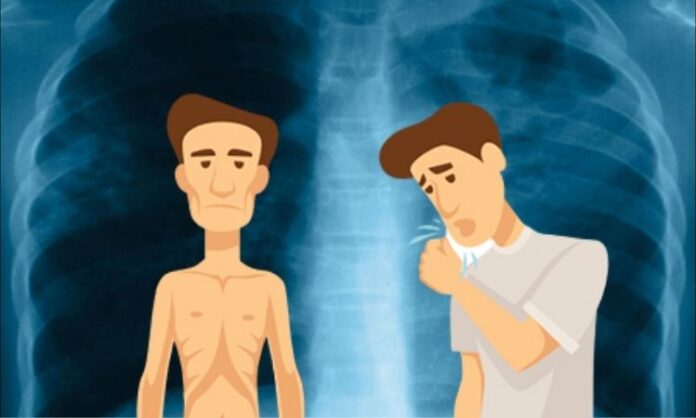New Delhi: The Tuberculosis (TB) division of the Ministry of Health & Family Welfare (HoM&FW) has joined hands with the Ministry of Panchayati Raj (MoPR) to eliminate the TB from India by 2025.
Prime Minister Narendra Modi has launched the TB Free India Campaign to make the country rid of Tuberculosis in India by 2025, five years ahead of the targets set by United Nation’s Sustainable Development Goals (SDGs).
The two Ministries on Friday singed the memorandum of understanding (MoU) in New Delhi to launched a joint efforts for tracing the case of TB in rural areas and draw strategy to eliminated the disease within the deadline set by the PM. The MoU was signed by Bijaya Kumar Behera, Economic Adviser on behalf of MoPR and P Ashok Babu, Joint Secretary of the HoM&FW.
Also Read: People risk transmitting Covid19 while talking, finds study
Babu said that the MoU is expected to pave way for coordinated efforts at grassroots level to create mass awareness in rural areas to end stigma and discrimination associated with TB and will help utilize the huge potential of nationwide network of Panchayati Raj Institutions (PRIs)/Rural Local Bodies for eradication of TB from India.

Behera said that the MoPR would take forward the “TB Harega, Desh Jeetega” campaign in rural India that targets to achieve the health-specific SDG target related to TB. He assured to take up this cause to the nook and corner of rural India through the PRIs for their active involvement including due weightage in the Panchayat Development Plans towards elimination of TB.
The main objective of this MoU is to forge convergence at policy, programme and implementation levels across the Ministries of the Government of India for a multi–sectoral and accelerated response towards TB Free India. MoH&FW has developed a National Strategic Plan (2017–2025) for elimination of TB in the country by 2025. Through Inter-Ministerial coordination MoH&FW aims to reach the population served by various Ministries such as workers, miners, migrants, tribal populations, women and children etc.




